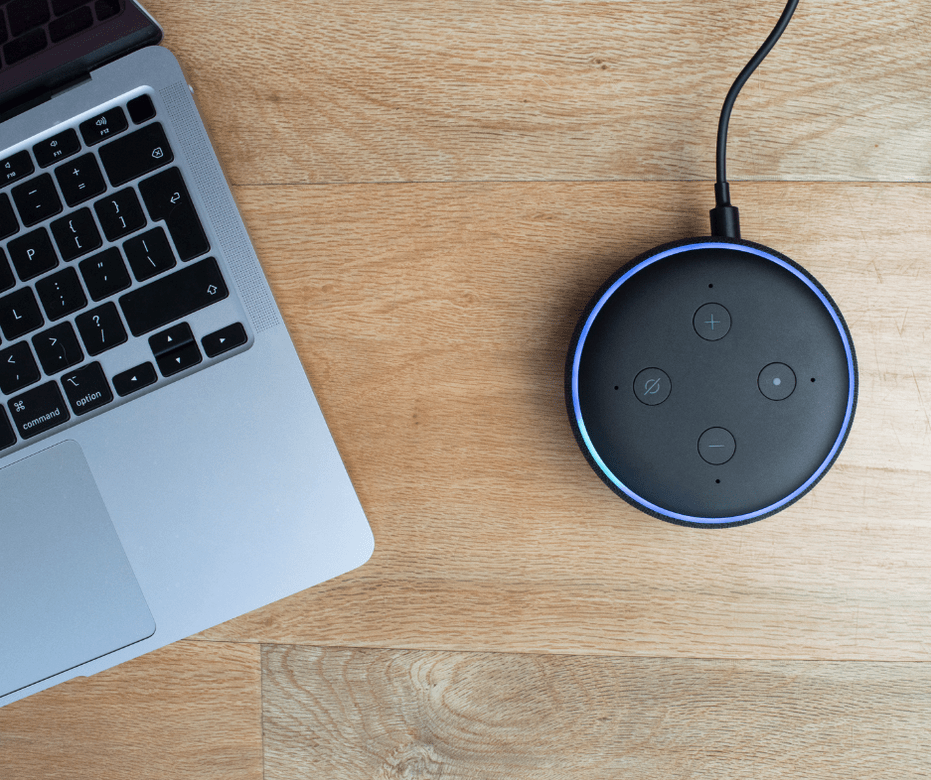Chatbots and Virtual Assistants are two well-known terms that are often put together, but they mean different things. We can even find the term ‘virtual assistant chatbot’, which can be even more confusing to people.
The truth is that both a chatbot and a virtual assistant are beneficial, but there are significant differences between them. Companies need to be aware and understand those differences before introducing them to their strategy and use them properly.
In this article, we will take a deeper look into the distinction between chatbots and virtual assistants and give you guidance on what could be the best option for you.

What is a Chatbot
Chatbots are essentially automated programs designed and used to stimulate human interaction and conversation. Sometimes chatbots are powered by AI, and some other times, like Flow XO’s bots, they are easily configured in flows.
Usually, companies use chatbots to provide advanced customer service and help visitors or customers with their requests. However, chatbots can have many other functionalities. For example, depending on your needs, chatbots can help with lead generation and even branding.
Chatbots use those flows and key terms or even phrases to automate the interaction with the customer and make the conversation as natural as possible.
This process is beneficial to customers, assisting them with their inquiries, product information, payments, appointment booking, and much more. The natural conversation and engagement also help the customer to connect and trust your brand.

What is a Virtual Assistant
Also known as digital assistants, virtual assistants are software-based online personal assistants that can help you with your daily and operational tasks, such as email management, booking, scheduling, making calls, etc.
Some examples of virtual assistants are Alexa, Apple Siri, and Google Assistant. A virtual assistant can facilitate everyday activities, but it is more limited to operational functionality.
Virtual assistants are pre-defined by their providers, such as Google or Amazon, so their configuration options are limited. Also, virtual assistants are for individual use only; they can’t receive or solve queries from multiple people as a bot would do on a website, Telegram, or WhatsApp.

Chatbots vs Virtual Assistants
Below we will outline some of the core differences between a chatbot and a virtual assistant:
- Functionality
Chatbots’ possibilities are almost endless. From customer service to lead generation, a chatbot can offer a wide range of functionality. You can interact with your client, manage queries, send and receive payments, entertain, give information, and more.
Virtual assistants function as personal assistants, so it helps read emails or messages, search for information, set reminders, etc. They assist their users with everyday tasks and can occasionally engage in casual conversations.
- Technology
As mentioned previously, chatbots can be powered by A.I. or configured with flows that control what happens when a user interacts with your bot and automate your communications.
Virtual assistants also use A.I. technology, but they can also pull information from search engines, such as Google, and convert them into text or voice.
- Channels
A chatbot can be implemented in several different channels according to your needs and customers’ needs. For example, Facebook, WhatsApp, SMS, Telegram, Messenger, website, or even in-app chat widgets. Therefore, you can identify which channels work better for your audience to implement your chatbot and make it more effective.
On the other hand, virtual assistants are limited to their own devices, as they usually work on voice commands and chat-like interfaces.
- Conversation
Chatbots can have personalized conversational flows and interact as human beings with customers via messages. You can configure the conversation to make it more natural and adjust it with your brand tone and positioning. Modern chatbots are able to identify sentiments and have empathic responses to improve communication.
Virtual assistants can interact using voice commands and chat interfaces, so it is more limited in personalization. On the bright side, virtual assistants can easily understand and analyze human emotions so it interacts with their user based on their sentiments.
Chatbot or Virtual Assistant? Which one is for you?
Chatbots and virtual assistants can be revolutionary tools, but it depends on your business goals and strategy. They are a form of Artificial Intelligence and have similarities in their technical foundations. The key focus is to identify the needs and the areas of application in your business to leverage both of these solutions.
One of the key points to consider is that a chatbot is primarily business-oriented while a virtual assistant is user-oriented. Therefore, if you are looking to improve customer service in your business, generate leads and automate your company’s process, you should prioritize chatbots.
A virtual assistant is great for improving personal productivity, as they primarily simplify organizing and executing routine tasks.
If your priority is to elevate your business, a chatbot is your best shot. It offers a wide range of functionalities that can facilitate several different business operations.
Chatbots can help with your daily tasks while taking your business to the next level with top-notch customer service, improved brand positioning, and potentially helping you generate more leads. In addition, chatbots are easy to implement, and customers can interact with your bot on multiple platforms.
A well-developed chatbot, such as Flow XO can help improve your business in the long run. Flow XO chatbot has an integrated cross-platform, with over 100 integrations, and you can create robust flows to provide intelligent responses.
To find out more about how Flow XO could help your business, visit our Flow XO for Chat page.